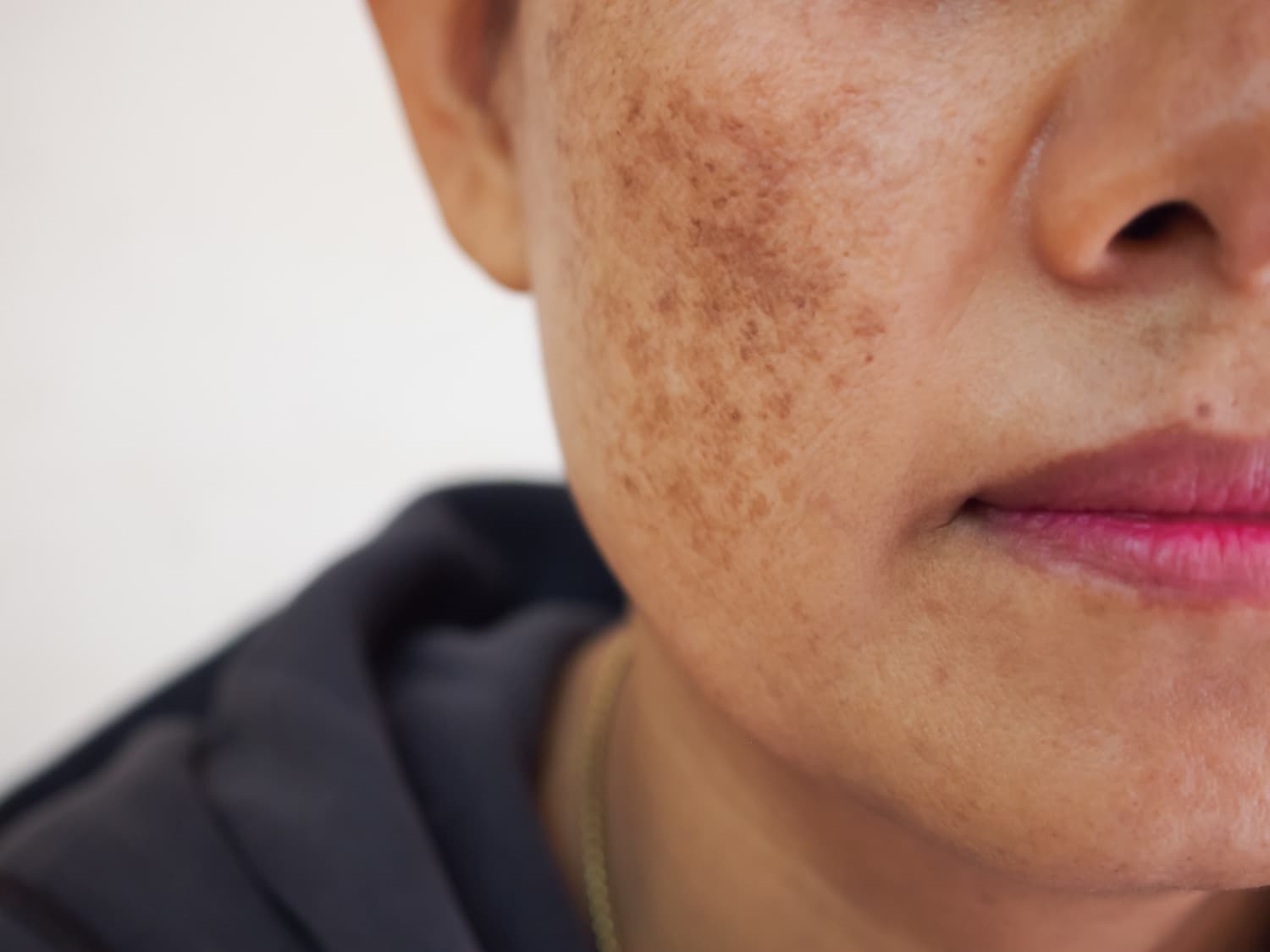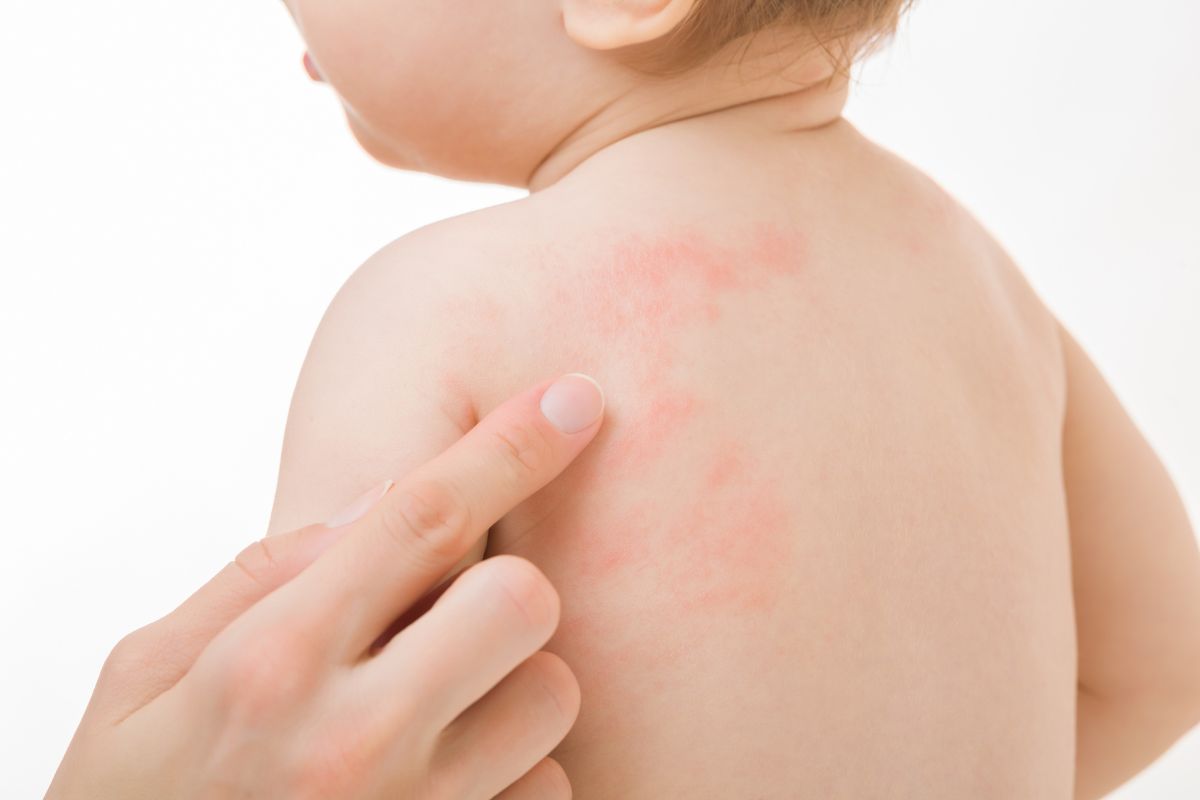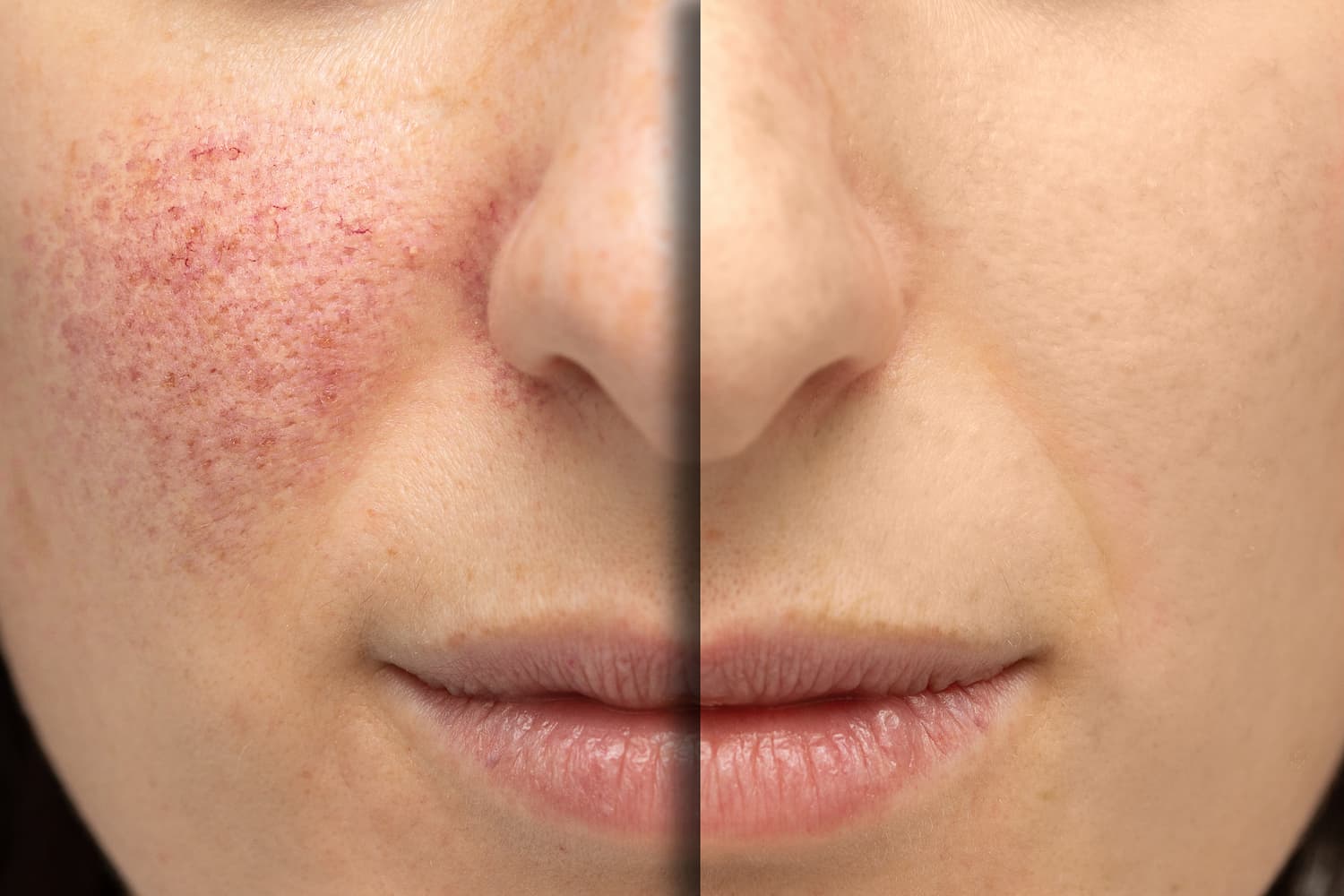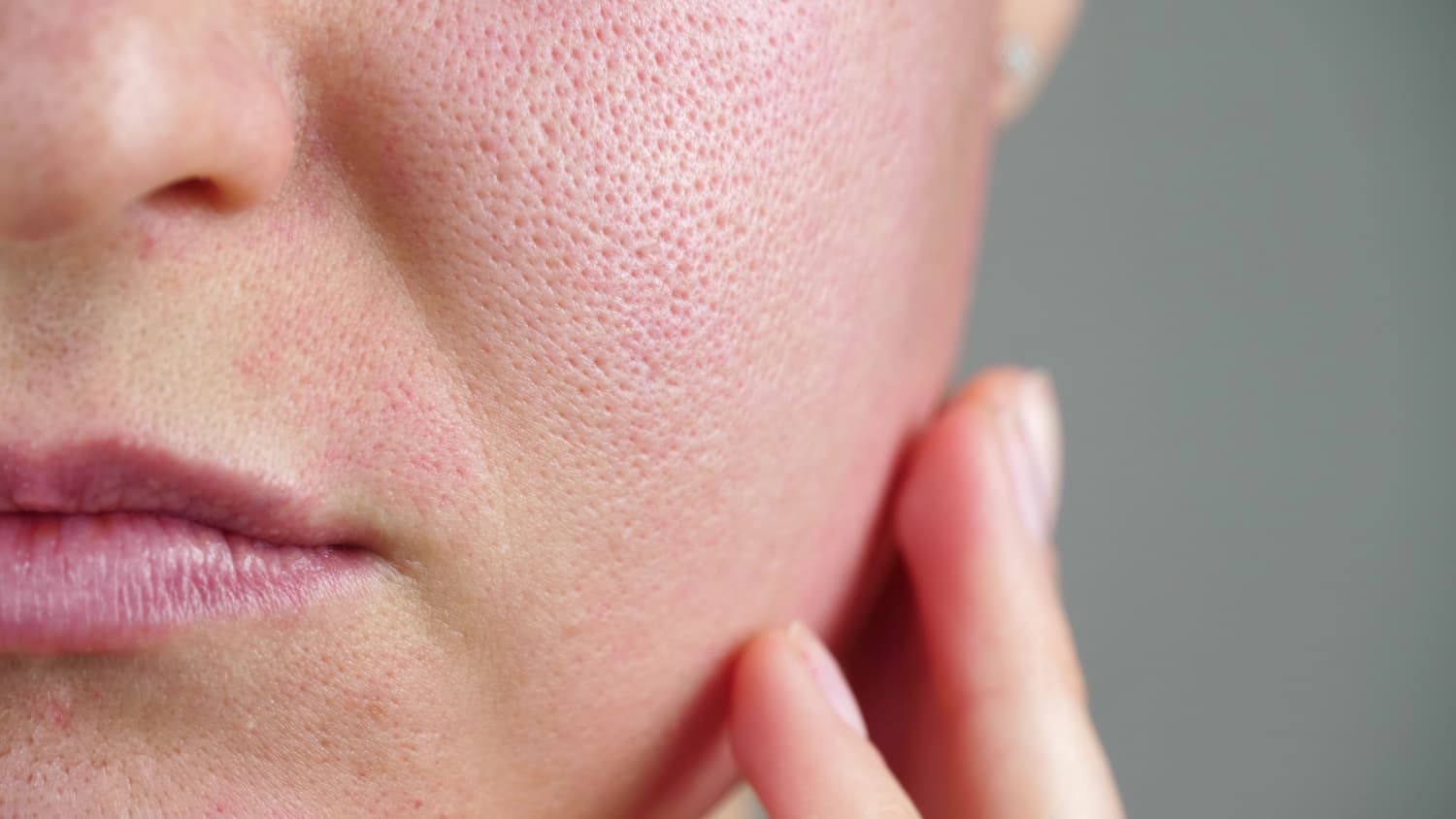Several conditions can result in changes in skin color, and a few of them even look similar to the untrained eye. At Affiliated Dermatology, we’ve treated many such conditions in the greater Phoenix area, so we want to help you understand the difference between melasma and some of the other similar-looking conditions.
What Melasma Is and How to Identify It
Melasma is a common skin condition. It’s characterized by brown or gray-brown patches on the skin, primarily occurring on the face. Typically, the patches will appear on the cheeks, nose, forehead, chin, and above the upper lip. Although most common on the face, melasma can also occur in any skin area with a lot of sun exposure. Because of this, you’ll also often find it on the forearms and neck.
The condition is more frequent among women than men and people with darker skin tones. Melasma is often associated with changes in hormones. Pregnancy, birth control pills, hormone therapy, and other conditions that impact hormone levels can be a trigger for the condition. Sun exposure, which triggers melanin production, can also be a trigger.
Melasma is identified by the unique pigmentation that it causes. Because many skin conditions can look similar to the untrained eye, it’s best to have a professional dermatological examination to get an accurate diagnosis.
Similar Skin Conditions to Melasma
Several other conditions can result in a brownish pigmentation of the skin. A professional will be able to distinguish between these various conditions. Some examples of skin conditions that may resemble melasma include the following:
Melasma vs Freckles
Both of these conditions are forms of skin pigmentation. Freckles, also known as ephelides, are small brown marks that typically appear during childhood. Freckles are most common in people with fair skin. Genetic predisposition plays a major role in the formation of freckles. Exposure to the sun is what causes them to form.
Freckles differ from Melasma in that they’re usually smaller, have a more uniform color, and will fade without sun exposure. Melasma, by contrast, covers larger areas and will not fade unless the condition is treated.
Melasma vs Sun Spots
Sun spots, also known as solar lentigines or liver spots, are small, flat, dark areas on the skin. The condition is most common in the elderly, as it’s caused by prolonged exposure to the sun and requires many years to develop.
While melasma is most common on the face, sun spots are equally likely to appear anywhere exposed to the sun. Sunspots are more consistent in coloring and have a more defined shape than Melasma. Melasma, triggered largely by hormonal changes, has a different root cause than sunspots.
Melasma vs Hyperpigmentation
Hyperpigmentation is a broader term than melasma and refers to any darkening of the skin. This means that melasma is, in fact, a type of hyperpigmentation. Sun spots, freckles, and various other conditions are also forms of hyperpigmentation. Given the broad range of conditions, hyperpigmentation has an equally broad number of causes. Acne, eczema, and sun exposure may all cause one form of hyperpigmentation or another.
Melasma is distinguished from other forms of hyperpigmentation by its distinct pattern on the skin. In addition to the specific appearance of the condition, the specific locations in which it develops and hormonal causes also aid in identification.
Get Treatments for Melasma at Affiliated Dermatology
If you’ve developed brown spots on your skin, a professional dermatologist can tell you whether there’s cause for concern and help you find treatment options to help minimize or eliminate the condition. The team of dermatologists here at Affiliated Dermatology can help with melasma and any other cause of concern you may find on your skin. To schedule an appointment or find out more, contact us today.
Image Credit: DUANGJAN J, Shutterstock






